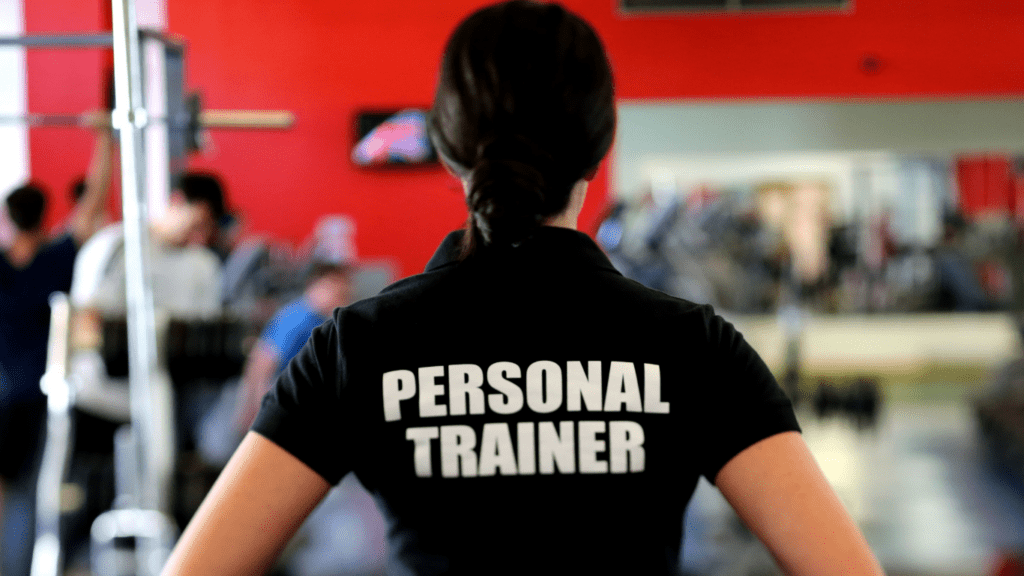In the high-stakes world of professional sports, physical prowess is just one piece of the puzzle. I’ve noticed a significant shift towards mental conditioning, where athletes are honing their mental skills as much as their physical ones.
This growing focus on the mind is revolutionizing training regimens and reshaping how athletes approach competition. Mental conditioning isn’t just about staying calm under pressure; it’s about building resilience, enhancing focus, and developing a winning mindset.
As I dive into this topic, I’ll explore how top athletes are integrating mental training into their routines and why it’s becoming essential for success in today’s competitive landscape. Whether you’re a seasoned pro or an aspiring athlete, understanding the power of mental conditioning could be the game-changer you need.
Overview of Mental Conditioning
Mental conditioning integrates psychological techniques with physical training, aiming to enhance an athlete’s overall performance. Mental conditioning strengthens resilience, boosts focus, and cultivates a competitive mindset. Strategies for mental conditioning include visualization, mindfulness, and relaxation techniques.
Key Components of Mental Conditioning
- Resilience Building: Athletes develop mental toughness to withstand pressure, setbacks, and rigorous training.
- Focus Enhancement: Concentration skills improve performance during critical moments in competitions.
- Mindset Development: A winning mindset fosters self-confidence and a positive attitude towards challenges.
Techniques Used in Mental Conditioning
- Visualization: Athletes mentally rehearse performances, improving confidence and preparation.
- Mindfulness Practices: Techniques such as meditation help maintain focus and reduce anxiety during competitions.
- Positive Self-Talk: Encouraging affirmations boost morale and enhance motivation during training and events.
By prioritizing mental conditioning, athletes maximize their potential, competing more effectively in their respective sports. More athletes recognize the benefits of these practices, transforming them into key components of their training regimens.
Importance of Mental Conditioning in Sports
Mental conditioning plays a vital role in elevating athletic performance. It enhances focus, confidence, and the ability to cope with stressors both in and out of competition.
Enhancing Performance
Mental conditioning techniques boost athletes’ performance levels significantly. Visualization methods allow athletes to mentally rehearse their actions, paving the way for successful execution.
Mindfulness practices improve concentration, helping athletes remain present during high-pressure moments. Positive self-talk cultivates a confident mindset, resulting in improved decision-making and execution during competitions.
As performance enhancement remains paramount, mental conditioning becomes an indispensable element of any athlete’s training regimen.
Building Resilience
Building resilience is crucial for athletes facing challenges in competitive environments. Mental conditioning aids in developing a robust mindset that withstands setbacks and adversity.
Strategies such as reframing negative thoughts into positive affirmations strengthen mental toughness.
Additionally, exposure to challenging situations during training prepares athletes for real-game pressure. The capacity to bounce back from failures not only promotes long-term success but also contributes to overall well-being and satisfaction in their sporting careers.
Techniques in Mental Conditioning
Mental conditioning techniques enhance athletes’ performances by developing their mental resilience and focus. Below, I detail effective strategies that contribute to a stronger mental game.
Visualization and Imagery
Visualization is a powerful technique in mental conditioning. Athletes visualize their performance, creating vivid mental images of successful execution. This method helps improve muscle memory and builds confidence, allowing athletes to mentally rehearse their actions before competition.
I emphasize that consistent practice of visualization strengthens neural pathways associated with specific movements, leading to improved real-life execution.
Mindfulness and Meditation
Mindfulness practices, including meditation, play a significant role in mental conditioning. These techniques help athletes maintain focus and composure during high-pressure situations. Mindfulness encourages present-moment awareness, allowing athletes to process their thoughts and emotions without distraction.
Incorporating mindfulness into training routines enhances an athlete’s ability to manage stress and maintain a positive mindset. For instance, daily meditation practices can lead to improved concentration, making it easier to block out external distractions during competitions.
Research indicates that athletes who regularly practice mindfulness experience reduced performance anxiety and greater emotional regulation, ultimately leading to enhanced performance on the field or court.
Case Studies of Successful Implementation
Several professional teams and individual athletes demonstrate how effectively mental conditioning enhances performance. Their results provide significant insight into the growing focus on mental training in sports.
Professional Teams Leading the Way
Various professional teams actively integrate mental conditioning into their training.
- NBA Teams: The Los Angeles Lakers utilize sports psychologists to enhance player mental resilience and focus. This approach includes visualization techniques and mindfulness training, leading to improved in-game performance.
- NFL Teams: The Kansas City Chiefs employ mental conditioning coaches to help players manage stress and maintain composure during high-pressure situations. This strategy has contributed to their success in critical playoff games.
- NHL Teams: The Toronto Maple Leafs incorporate mental conditioning sessions during team practices, emphasizing positive self-talk and visualization among players. This focus on mental training correlates with their increased competitive edge in recent seasons.
Individual Athlete Success Stories
Numerous individual athletes showcase the benefits of mental conditioning in their training regimens.
- Serena Williams: Through visualization and mindfulness, Williams maintains peak performance in high-stakes matches. Her mental resilience, fostered through regular mental conditioning, has contributed to her numerous Grand Slam titles.
- Tom Brady: The NFL quarterback emphasizes mental focus and self-talk in his routine. By integrating mindfulness practices, Brady enhances his decision-making abilities and on-field composure, leading to multiple Super Bowl victories.
- Michael Phelps: The Olympic swimmer utilized visualization techniques to prepare for races, mentally rehearsing his strokes and outcomes. This practice improved his confidence and performance, resulting in a record number of Olympic medals.
These case studies illustrate the effectiveness of mental conditioning in professional sports, reinforcing its importance as a core component of training and performance enhancement.
Challenges in Mental Conditioning
Mental conditioning faces several key challenges that can hinder its integration into pro athlete training.
- Lack of Awareness: Many athletes remain unaware of the benefits that mental conditioning offers. This lack of awareness limits their willingness to invest time in mental training strategies.
- Stigma Around Mental Health: Concerns surrounding mental health often create a stigma. Athletes may hesitate to discuss their mental conditioning needs, fearing judgment or perceptions of weakness.
- Difficulty in Measurement: Measuring the effectiveness of mental conditioning is challenging. Unlike physical training metrics, psychological progress isn’t always quantifiable, making it hard to gauge success.
- Balancing Time Between Physical and Mental Training: Athletes face the constant struggle of balancing their time between physical conditioning and mental training. Prioritizing one over the other can limit overall development and performance.
- Resistance to Change: Some athletes resist adopting new mental conditioning techniques. Established routines become comfortable, making it difficult for athletes to embrace innovative practices that enhance their mental game.
- Individual Variability in Responses: Every athlete responds differently to mental conditioning techniques. What works for one athlete might not yield the same results for another, complicating the development of a one-size-fits-all approach.
- Pressure of Competition: The high-pressure environment of professional sports can undermine mental conditioning efforts. Athletes may struggle to apply mental strategies during crucial moments in competitions, which can diminish their effectiveness.
Addressing these challenges requires a concerted effort from coaches, sports psychologists, and athletes themselves. Overcoming these obstacles ensures mental conditioning becomes a staple in athletic training, leading to improved performance and resilience.




